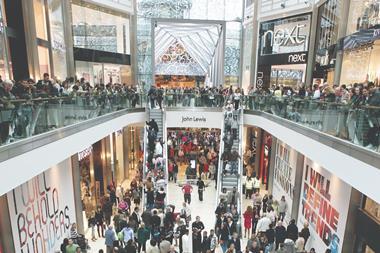The rate of inflation in the UK held firm in June and in line with the Bank of England’s target according to the latest data from the Office for National Statistics (ONS).

The consumer prices index (CPI) increased by 2% in the 12 months to June 2024 and at the same rate as the data in May.
Monthly, CPI edged up by 0.1% in June 2024, which was also at the same rate as in June 2023.
The largest fall in inflation came from the clothing and footwear category as prices fell after hiking a year ago, reflecting the ramped-up discounting being offered by retailers.
At the other end of the spectrum, restaurants and hotels were the highest upward contributor to inflation as prices rose more than this time last year.
The ONS said that prices across womenswear and menswear saw price falls in June 2024 and prices across childrenswear fell at a greater rate in June this year than they did last year.
British Retail Consortium director of insight Kris Hamer said that while the unchanged inflation rate is a good thing for consumers, the underlying problems are still persisting.
“While headline inflation remained at 2.0%, households will benefit from falling inflation rates in retail, with food and clothing and footwear both dropping compared with last month,” he said.
“Falling energy prices and a stronger pound combined with fierce competition between retailers are helping to bring down prices for many goods, including essential items like pasta and margarine. A drop in prices could also be seen across clothing and footwear, with prices falling 1.2% on the previous month, and even more for children’s clothes.
“While we should celebrate the end of high inflation, which has dogged the UK for two years, many of the factors that caused it lurk in the background. Energy prices have fallen from peak, but the UK’s reliance on imported energy remains a vulnerability. Similarly, the impact of climate change on harvests at home and abroad, as well as rising geopolitical tensions, could increase commodity prices and translate into higher inflation in the future.”












































No comments yet